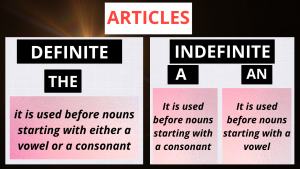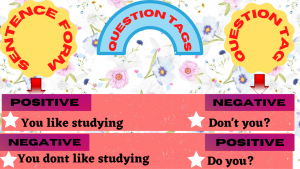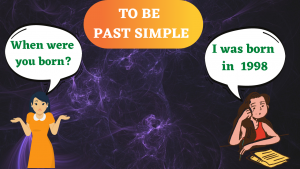Definite And Indefinite Articles
Definite and indefinite articles are parts of speech placed before nouns and noun phrases. They refer to determiners “the”, “a”, and “an”.
No products in the cart.

Definite and indefinite articles are parts of speech placed before nouns and noun phrases. They refer to determiners “the”, “a”, and “an”.

Adverbs of frequency answer the question of how often an action occurs and describe how something happens either in definite or indefinite.

Expressing equality means showing that no one has a value that is less or more than the other. I.e., they are the same or have the same values

The difference between expressing hopes and present wishes can sometimes be confusing and may even be challenging, at least for some students.

Conditional type 0 is used to talk about habits, general truths/realities,
scientific facts, or natural laws that happen in the present time.

Conditional type 1 is used to talk about possibilities in the present or future time; i.e. actions that may occur in the present or future.

The conditional type 2 is used to talk about imaginary/ untrue/unreal
situations in the present time; i.e. things that are unlikely to happen.

Modal auxiliaries are helping verbs that help us express certain functions such as ability, obligation, possibility, prohibition, etc.

Question tags are short questions added at the end of statements. They are used to check if a piece of information is true or false.

The past simple of to be is mainly used to describe a past state of being such as feelings, appearance, state of mind, social position, etc.